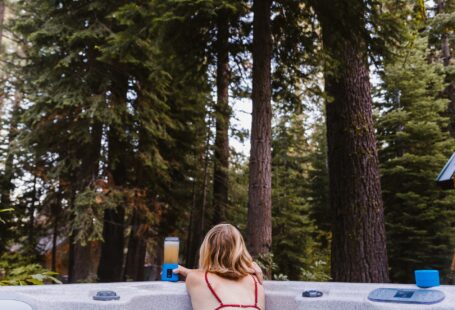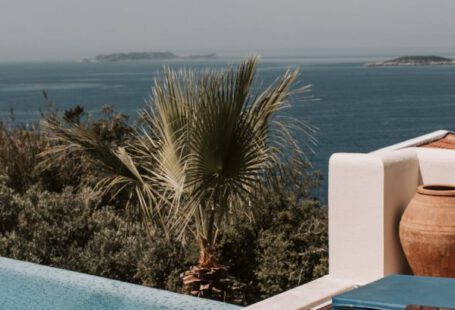Creating a serene and beautiful pond in your backyard can add a touch of tranquility and charm to your outdoor space. However, the idea of maintaining a pond can sometimes be intimidating, leading many to shy away from this enjoyable addition to their landscape. The good news is that with proper planning and design, you can create a low-maintenance pond that will bring you joy without causing you undue stress. Here are some tips on how to design a low-maintenance pond that will thrive with minimal effort.
Choosing the Right Location
Selecting the right location for your pond is the first step in designing a low-maintenance water feature. Look for an area in your yard that receives a good balance of sunlight and shade throughout the day. Too much sun can lead to excessive algae growth, while too much shade can prevent aquatic plants from thriving. Additionally, avoid placing your pond under trees that shed leaves, as this can create extra maintenance in the fall.
Designing the Shape and Size
When it comes to the shape and size of your pond, simplicity is key for low maintenance. A larger pond will generally be more stable and require less upkeep than a smaller one, as larger bodies of water are better at maintaining a balanced ecosystem. Opt for a simple shape, such as a rounded or oval design, as these shapes are easier to clean and maintain compared to irregular shapes that can trap debris.
Choosing the Right Plants
Aquatic plants play a crucial role in maintaining the health of your pond by providing oxygen, absorbing excess nutrients, and shading the water to prevent algae growth. When selecting plants for your low-maintenance pond, choose a mix of oxygenating plants, floating plants, and marginal plants. Native plants are often the best choice, as they are well-adapted to the local climate and require minimal care once established.
Installing a Skimmer and Filter System
A skimmer and filter system can significantly reduce the amount of time you spend on pond maintenance by removing debris and excess nutrients from the water. A skimmer will collect leaves and other debris before they sink to the bottom of the pond, while a filter will help keep the water clear and free of algae. Be sure to choose a system that is appropriately sized for your pond to ensure efficient operation.
Adding Fish
Fish can be a delightful addition to your pond, providing movement and color while also helping to control insect populations. Koi and goldfish are popular choices for backyard ponds and are relatively low-maintenance. However, be mindful of the number of fish you add to your pond, as overcrowding can lead to water quality issues and increased maintenance requirements.
Maintaining Water Quality
Regularly monitoring and maintaining water quality is essential for a low-maintenance pond. Test the water regularly for pH, ammonia, nitrites, and nitrates to ensure that the conditions are suitable for your plants and fish. Perform water changes as needed and remove any excess debris to prevent nutrient buildup that can lead to algae blooms.
Enhancing Aesthetics with Rocks and Lighting
Incorporating rocks and lighting into your pond design can enhance its beauty while also serving practical purposes. Rocks can provide a natural look to the pond’s edges and help to hold plants in place, while underwater lighting can create a magical ambiance in the evening hours. Opt for energy-efficient LED lights to minimize maintenance and operating costs.
Simplified Beauty for Long-term Enjoyment
By following these tips and designing a low-maintenance pond, you can enjoy the beauty and tranquility of a water feature in your backyard without the stress of constant upkeep. With the right location, design, plants, equipment, and maintenance routine, your pond can be a source of joy and relaxation for years to come. Create a simplified oasis that brings nature closer to home and provides a haven for you to unwind and connect with the natural world.





